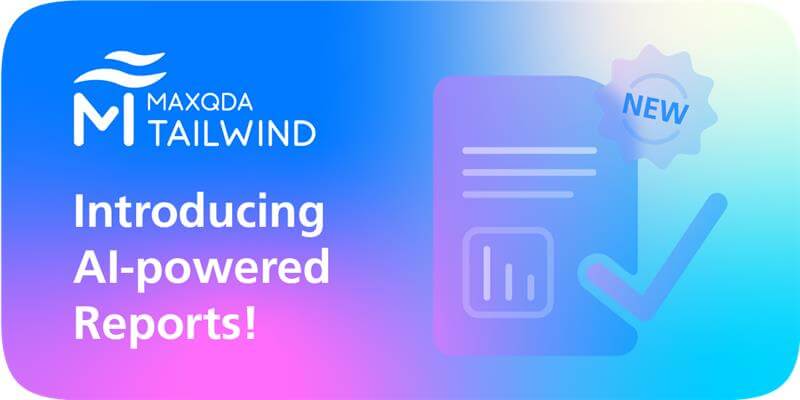Kimberley Williams is a member of Boston Youth Justice Research Project Team. Today she tells us how they reported their research results to their partners.
Reporting to Our Partners
by Kimberley Williams
Throughout the course of our research project, we continually checked in and collaborated with our organizational community partners. Every interaction with our partners brought out their passion for the Youth Justice Movement and helped us to shape our research questions and how to utilize MAXQDA while coding and analyzing data. As exciting as these components were, reporting to our partners was easily my favorite part of the collaboration. We planned a reunion celebration to unveil our findings and get feedback from our partners. The celebration happened at the local community center where many of the participants spent time as youth. All of the individuals interviewed throughout the project were invited. Everyone came together around food and laughter as we presented the different sections of our report.

Preparation of the report with MAXQDA
In preparation for the report, we broke our 6-person team up into pairs again. I was a part of the pair reporting on how collaboration happened in the Youth Justice Movement. We used MAXQDA to pull all of the codes labeled collaboration for analyses. We then took the key collaboration findings and ran additional reports on MAXQDA across other codes, for example: what quotes were double coded as collaboration and great quotes, or collaboration and external organizing, or collaboration and youth leadership. The simplicity of the MAXQDA system and these reporting functions helped us to create our reporting outline and provided the rich quotes that went into our final report and PowerPoint presentation.
Discussing first results
Our research team shared the findings and rich quotes from our report and responded to questions and comments from our partners. After reporting on each section of the report, we had our partners and all of the interviewees break up into groups to discuss what they heard. The research team broke up into groups and took notes. These notes provided clarification for our final report and can now be coded in MAXQDA for the next phase of research. The feedback was positive. Everyone felt the reporting really captured both the time and events, but also the passion and intensity of the movement. The reunion celebration was a very rewarding and fulfilling event. This would not have been possible without the MAXQDA software.




